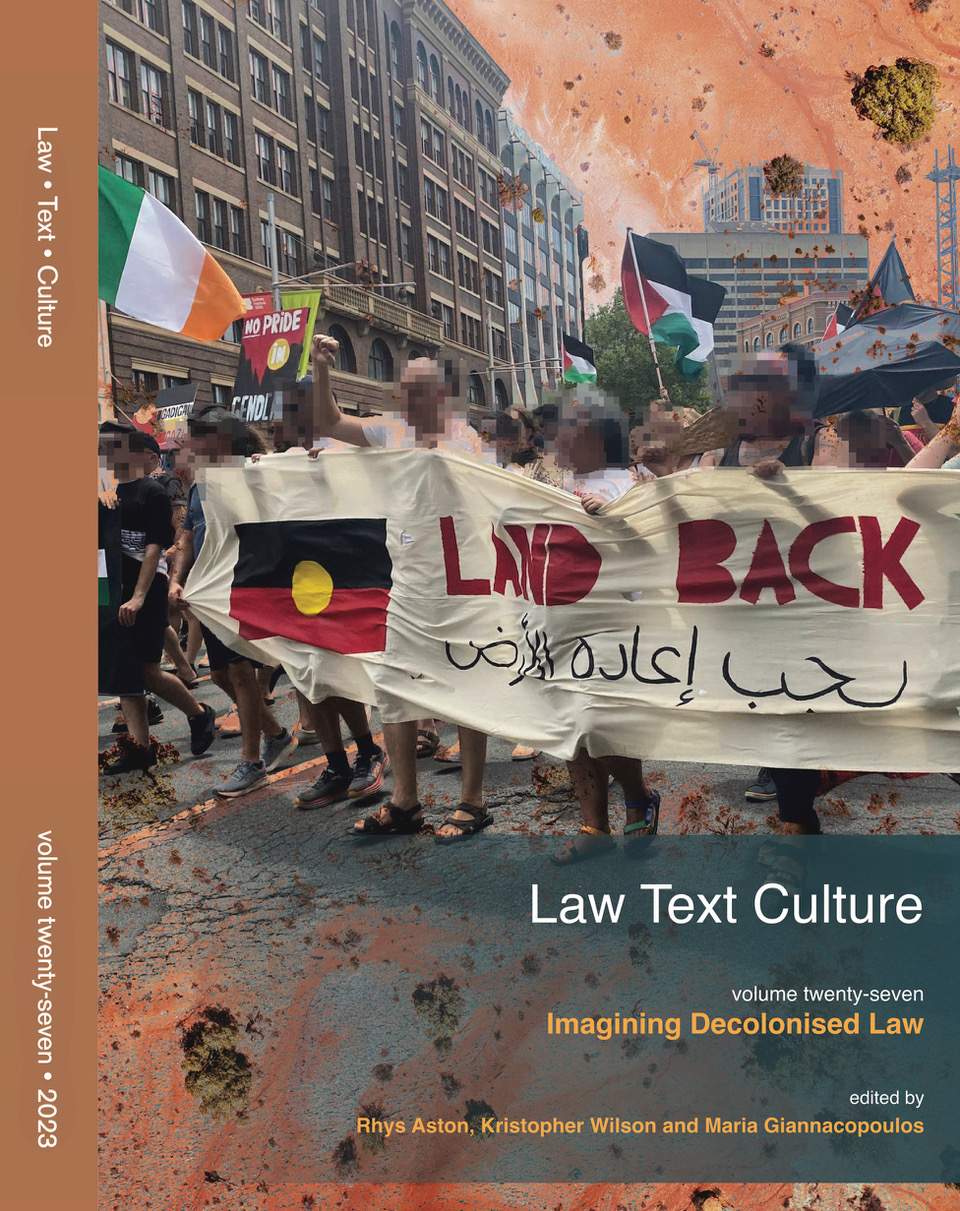Abstract
The courthouse, especially as conceived and consumed at the zenith of the British Empire, exemplifies the symbolic no less than the regulatory work assigned to architecture in the ordering of modern society (Pevsner 1976, Markus 1993, Paré 1978, Collins 1971, Carter 1983). The courthouse was frequently the major public building erected in the urban settlements colonising the margins of Empire. Moreover the courthouse was largely unaffected by the sectarian associations attaching to religious, governmental and even commercial structures. The material presence of the courthouse, generally superior to that of contemporary buildings in scale, structure and decoration, was a major incident in the assertion and articulation of both distant imperial and local colonial authority. That presence reinforced the actual and associational processes of spatial ordering and socialising particularly inscribed in property ownership (Lefebvre 1991, Perera 1998). The assignment of property was, in the popular adage, nine-tenths of the law and the symbolic function of the courthouse was enhanced by the promotion of greater visual and historical literacy within the dominant imperial citizenry (Leonard 1995, Levine 1992). Existing on the cusp between popular and mass culture, this type of predominantly bourgeois literacy eventuated from the advent of popular publication and increased public education (Adorno 2001, Bourdieu 1991, Lloyd & Thomas 1998). Both exploited the bodies of knowledge that legitimated imperial claims to displace or erase aboriginal peoples and cultures (Foucault 1980). These effects will be demonstrated through the analysis of the commissioning and reception of the courthouses built in British Columbia during the first major waves of British and European settlement and resource development in the late Victorian and Edwardian decades (Barman 1996, Mills 1977). Drawing upon comparative historical, formalist, deconstructivist, postcolonial and discursive methods, the main argument is the emergence of a new level of interactive emblematic communication between their fabric and the citizenry (Bouilloud 1997). This symbolic dialogue was, it is contended, almost as significant in the fabrication of the colonial state as the regulating systems enacted within the courthouse.
How to Cite:
Windsor Liscombe, R., (2004) “Fabricating legalities of state in the Imperial West: The social work of the courthouse in late Victorian and Edwardian British Columbia”, Law Text Culture 8(1). doi: https://doi.org/10.14453/ltc.854
Downloads:
Download PDF
54 Views
329 Downloads

